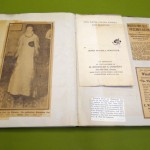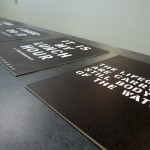 Ida Applebroog’s artists’ books have a way of making you feel slightly uncomfortable without really knowing why. At least that is the effect her small books have on me. My first encounter with them had me feeling generally uncertain, thinking not only “What are these things?” but also “Why are these things?” Even after reading several of her books, I still did not understand exactly what her images represented. I had to read about Applebroog’s books to better understand.
Ida Applebroog’s artists’ books have a way of making you feel slightly uncomfortable without really knowing why. At least that is the effect her small books have on me. My first encounter with them had me feeling generally uncertain, thinking not only “What are these things?” but also “Why are these things?” Even after reading several of her books, I still did not understand exactly what her images represented. I had to read about Applebroog’s books to better understand.
Category: Art and Design
Wouldn’t you like to be a walking work of art? Then join us at the Smithsonian Craft2Wear Show on October 26-28 at the National Building Museum to celebrate the finest American wearable craft artists. more »
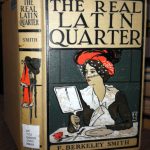
–This post was contributed by Kimberly Lesley, American Art and Portrait Gallery Library intern, summer 2012.
This summer I had the opportunity to work on two projects at the Smithsonian American Art Museum/National Portrait Gallery Library: evaluating titles from the print reference section and selecting public domain titles for digitization. The majority of time was spent on the former, evaluating once heavily relied upon indexes and reference titles against databases and open access online resources. As I paged through volumes of reference titles I was grateful for the vast amounts of information available online with a few keywords and a couple clicks.
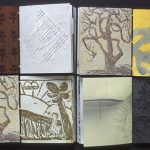
Anything that comes into being by way of human creativity and artistic expression often includes imperfections. Sometimes the flaws are so subtle that they go unnoticed by everyone but the perfectionistic artist laboring over their creation. The process of making art, especially artists’ books, requires a great deal of emphasis on attention to detail (if you ask almost any book artist); there are many opportunities for mistakes along the way. Slurring at Bottom: A Printer’s Book of Errors (2001), was conceived by book artist and publisher Robin Price.
–This post was contributed by Allison Brice, American Art and Portrait Gallery Library intern.
I often joke with those who ask me about my academic studies that I am getting a degree in ‘old stuff’. With a major in history and two minors in art history and medieval studies, I must admit that I find anything from the last half-century rather boring. So when my supervisor at the American Art and Portrait Gallery Library told me to go down into the rare books section and find some ‘old stuff’ to put up for our Adopt-a-Book project…well, I was in heaven.
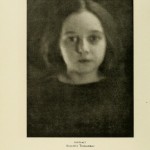 Over the last century, photography has evolved as much as, if not more than, any technology in wide-spread use. From the first experiments with light and the various chemical compounds used in creating daguerreotypes to Instagram and jpegs, photography has had more costume changes than Madonna. One of my favorite sub-collections in the Smithsonian History Art and Culture (SHAC) digital collection, housed at the Internet Archive, traces the early development, theory, and practice of fine art photography.
Over the last century, photography has evolved as much as, if not more than, any technology in wide-spread use. From the first experiments with light and the various chemical compounds used in creating daguerreotypes to Instagram and jpegs, photography has had more costume changes than Madonna. One of my favorite sub-collections in the Smithsonian History Art and Culture (SHAC) digital collection, housed at the Internet Archive, traces the early development, theory, and practice of fine art photography.
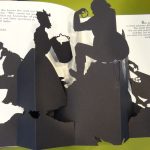
Many of the artists’ books in the Smithsonian American Art & Portrait Gallery Library’s collection tell stories—from personal struggles with addiction, to pictorial descriptions of how to create a human salad, to universal stories of historical conflicts, such as Kara Walker’s book “Freedom: A Fable.”

